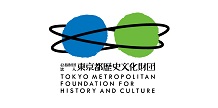LarbitsSisters
- TOP >
- Archives >
- Residency Program >
- LarbitsSisters
International Creator Residency Program
update: 2023.1.19
LarbitsSisters
| Participating Project | International Creator Residency Program |
|---|---|
| Activity Based | Brussels |
| City / Place stayed | Tokyo |
| Period | 2023.1 - 2023.3 |
Purpose of the residency
With our participation in the Tokas Creators Program, our aim is to continue the “Growing Fabrics - On Air Growth and Form" project that we launched in Barcelona last year, which targeted the roundabout, traditionally designed to channel traffic flows, to keep cars flowing smoothly through the city. And which we have tackled as CO2 facilities (or urban furniture), allying ourselves with the underlying microbial life of the various species that the roundabouts host.
Plan during the residency
Given the specificity of the city of Tokyo, the focus of "Growing Fabrics - On Air Growth and Form" will move from the roundabout to street gardens as elements of street design adorning Tokyo's residential areas bound to Japanese garden culture and whose regenerative and reoxygenating potential will be sought, exploring the symbiotic relationship between different species within these street gardens: inhabiting street gardens, starting from the life of the microbiome and its symbiotic relationship with its host be it a blade of grass, a flower, a plant, a shrub, a tree.
We will unfold this through different stages:
- Typology of Tokyo’s residential street gardens
- Decoding the secrets of symbiotic life forms and cross-species lifestyles
- Study of the inner fabrics of symbiotic and interspecies lifeforms
- Growth and material formations: focus on growth patterns and interspecies life formations in street gardens
Activities during the residency
Dealing with the imbalances in art, technology, social structures and social issues through media art, the artist duo LarbitsSisters observed various forms of life around the street gardens adorning Tokyo’s residential areas, such as the symbiotic relationship between micro-organisms and their hosts. They considered street gardens as a source for photosynthesizing and oxygenation of the city and interacted with academics, researchers, and technicians for the future development of their project.
Photoshooting at Koishikawa Botanical Garden(Operated by The University of Tokyo’s Graduate School of Science)
Visit at Hideo Iwasaki Lab., Waseda University
Outcome of the residency
During our stay, we studied the ecology of the microbiome of Tokyo’s residential street gardens.
We photographed, categorized them, and finally sought out their symbiotic ability to photosynthesize and oxygenate the city.
We unfold our research through different stages:
- Observing streets gardens as an urban signature adorning Tokyo’s residential area linked to Japanese garden culture
- Decoding the ecology of the microbiome and symbiotic relationships with its hosts (flowers, plants, shrubs, etc.) of Tokyo’s residential street gardens
- Exploration of growth and material formation: focus on photosynthesis patterns of plant growth in street gardens
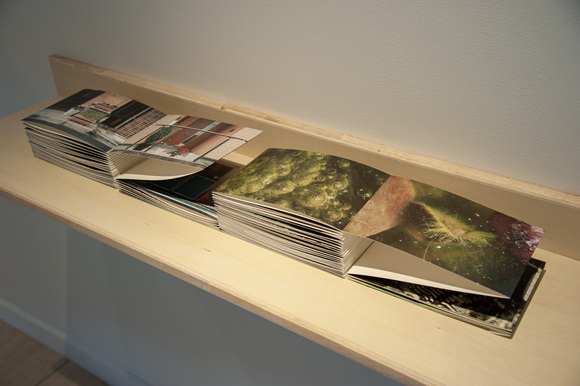
Street gardens typology
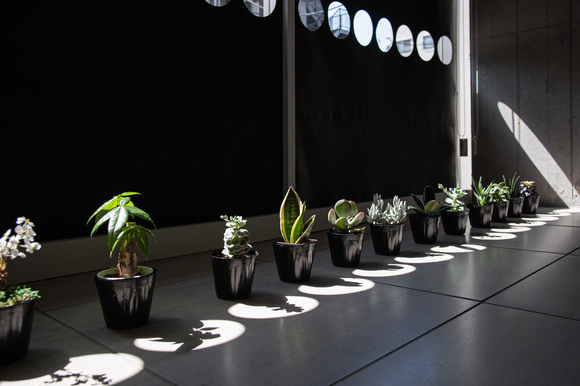
TOKAS Open Studio2022-2023/March
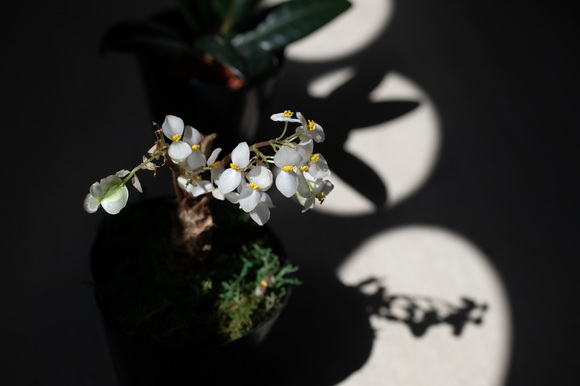
TOKAS Open Studio2022-2023/March
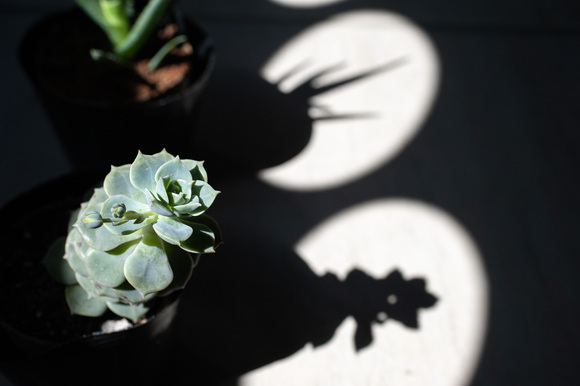
TOKAS Open Studio2022-2023/March




